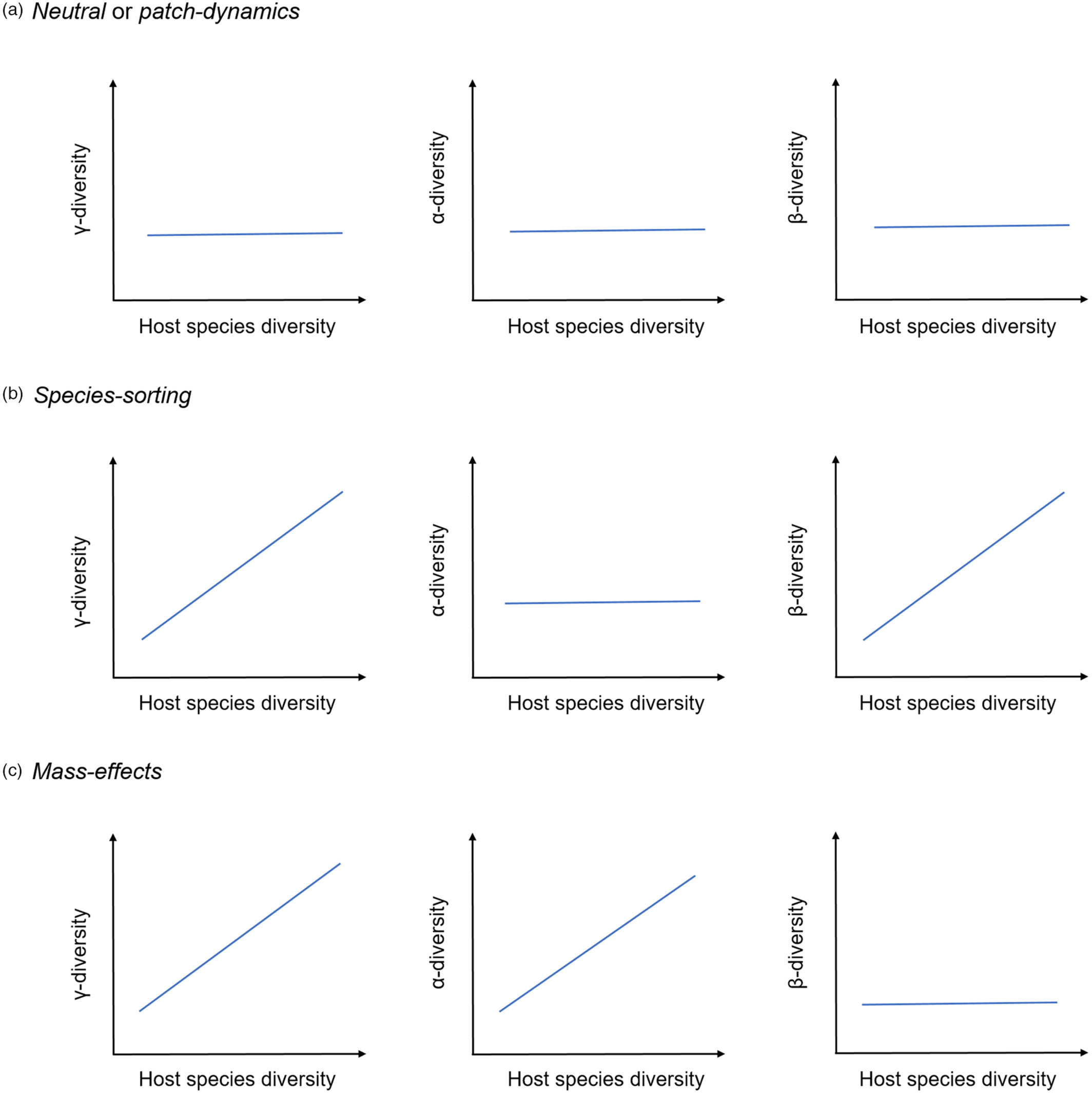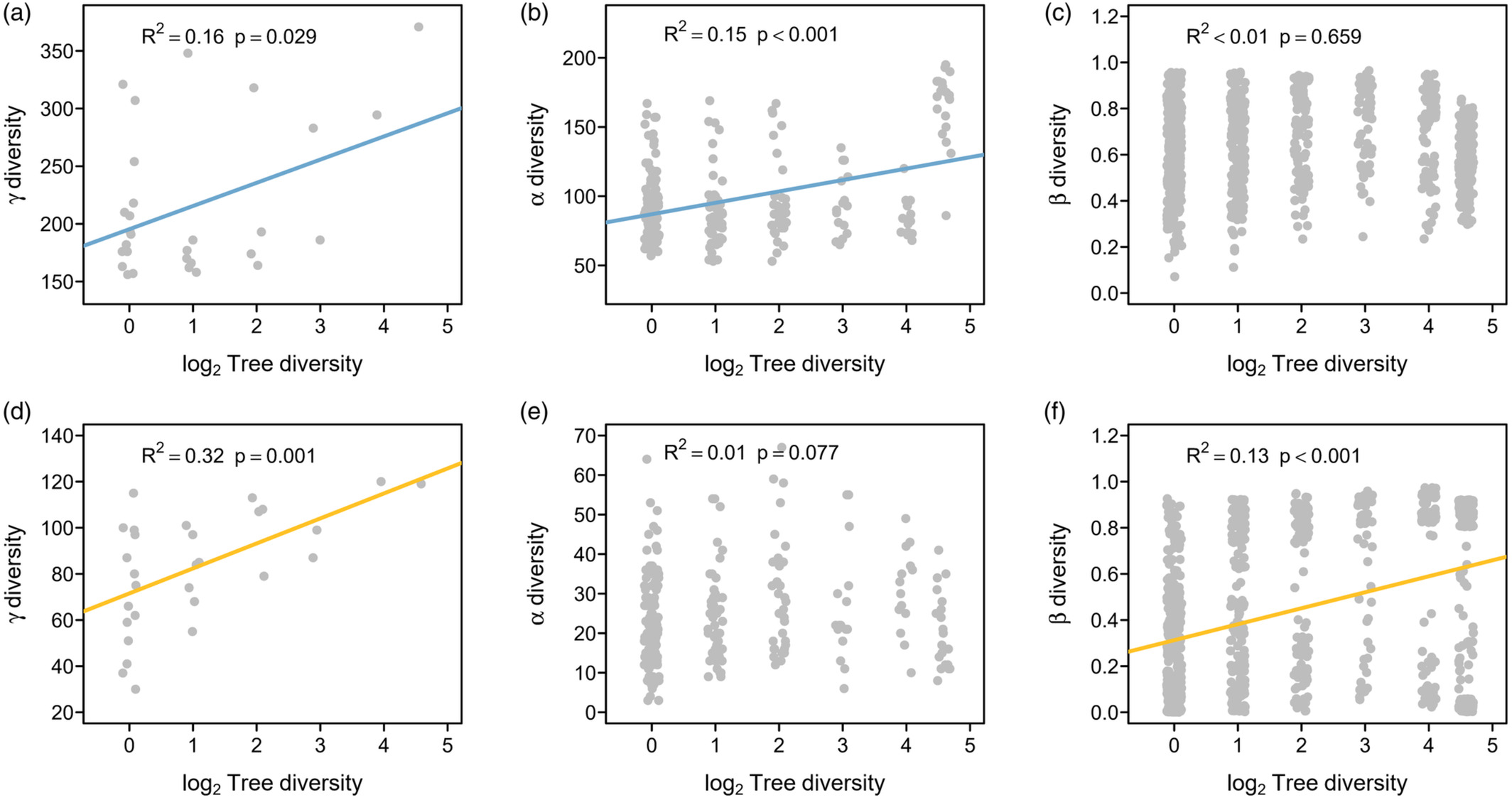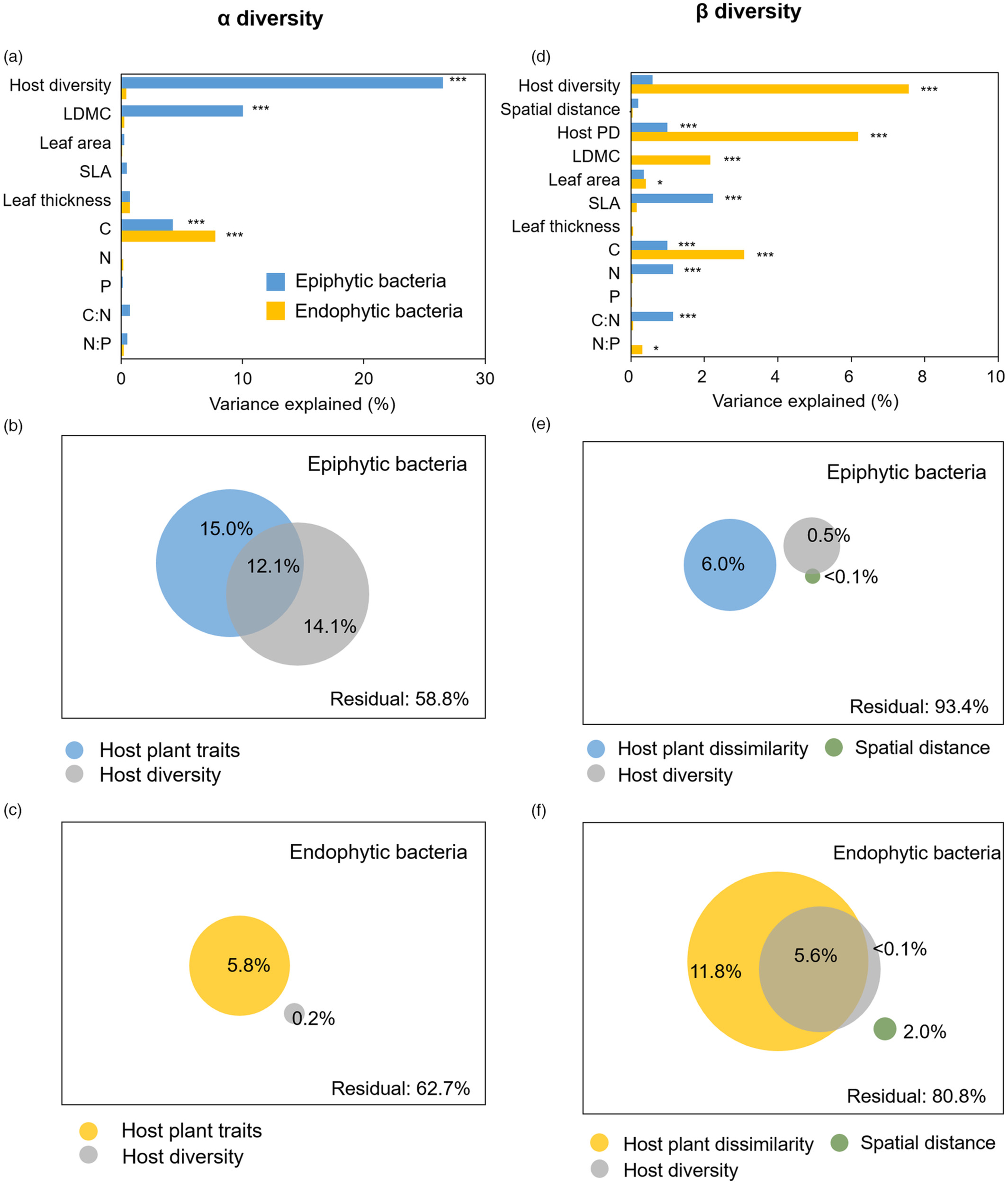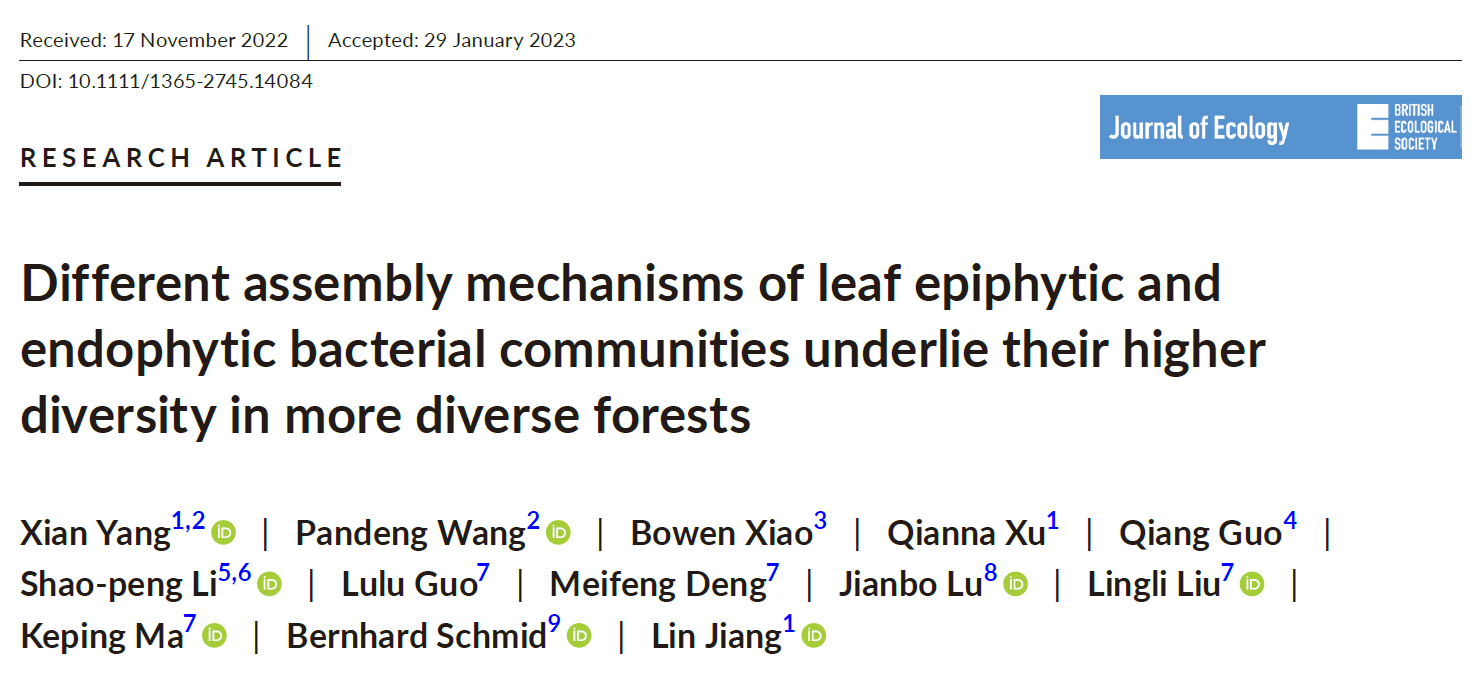Plant leaves represent an important but previously underappreciated habitat for diverse micro-organisms. Plant microbiomes are known to influence host fitness and ecosystem functioning, but mechanisms regulating their structure are poorly understood. although a number of studies have identified host plant species identity or functional traits as significant predictors of leaf bacterial community structure. But in almost all these studies a substantial fraction of variation among leaf bacterial communities was left unexplained.
To address this issue, Dr. Xian Yang’s research team from Sun Yat-sen University explored leaf epiphytic and endophytic bacterial metacommunity-structuring mechanisms using a forest biodiversity and ecosystem functioning (BEF) experiment established in a subtropical forest in southeast China. They applied the conceptual framework, coupled with multiple regressions, variation partitioning and null model analyses, to identify metacommunity archetypes best depicting leaf microbiome assembly.

Fig. 1. A conceptual diagram illustrating changes in γ (plot-level)-diversity, α (tree-level)-diversity and β-diversity (among-tree dissimilarity) of leaf bacterial communities with host plant diversity, conforming to (a) neutral or patch-dynamics, (b) species sorting, and (c) mass-effects perspectives within the metacommunity framework.
Both epiphytic and endophytic bacterial diversity increased as host tree diversity increased. However, the increased epiphytic diversity in more diverse forests was driven by greater epiphytic diversity (i.e. greater α-diversity) on individual trees, whereas the increased endophytic diversity in more diverse forests was driven by greater dissimilarity in endophytic composition (i.e. greater β-diversity) among trees. Mechanistically, responses of epiphytes to changes in host diversity were consistent with mass effects, whereas responses of endophytes were consistent with species sorting.

Fig. 2. The effect of host tree species diversity on γ (plot-level)-diversity (a, d), α (tree-level)-diversity (b, e) and β-diversity (between-tree dissimilarity; c, f) of leaf epiphytic (a–c) and endophytic (d–f) bacterial communities.

Fig. 3. The effect of host tree species diversity on γ (plot-level)-diversity (a, d), α (tree-level)-diversity (b, e) and β-diversity (between-tree dissimilarity; c, f) of leaf epiphytic (a–c) and endophytic (d–f) bacterial communities.
These results provided novel experimental evidence that biodiversity declines of plant species will lead to biodiversity declines of plant-associated microbiomes, but the underlying mechanism may differ between habitats on the plant host.
Chinese report: https://mp.weixin.qq.com/s/4YHY-lfUhBggxo2yDZrQqw
Literature:
Xian Yang, Pandeng Wang, Bowen Xiao, Qianna Xu, Qiang Guo, Shao‐peng Li, Lulu Guo, Meifeng Deng, Jianbo Lu, Lingli Liu, Keping Ma, Bernhard Schmid, Lin Jiang*. 2023. Different assembly mechanisms of leaf epiphytic and endophytic bacterial communities underlie their higher diversity in more diverse forests. Journal of Ecology. 111(5): 970-981. https://doi.org/10.1111/1365-2745.14084.

